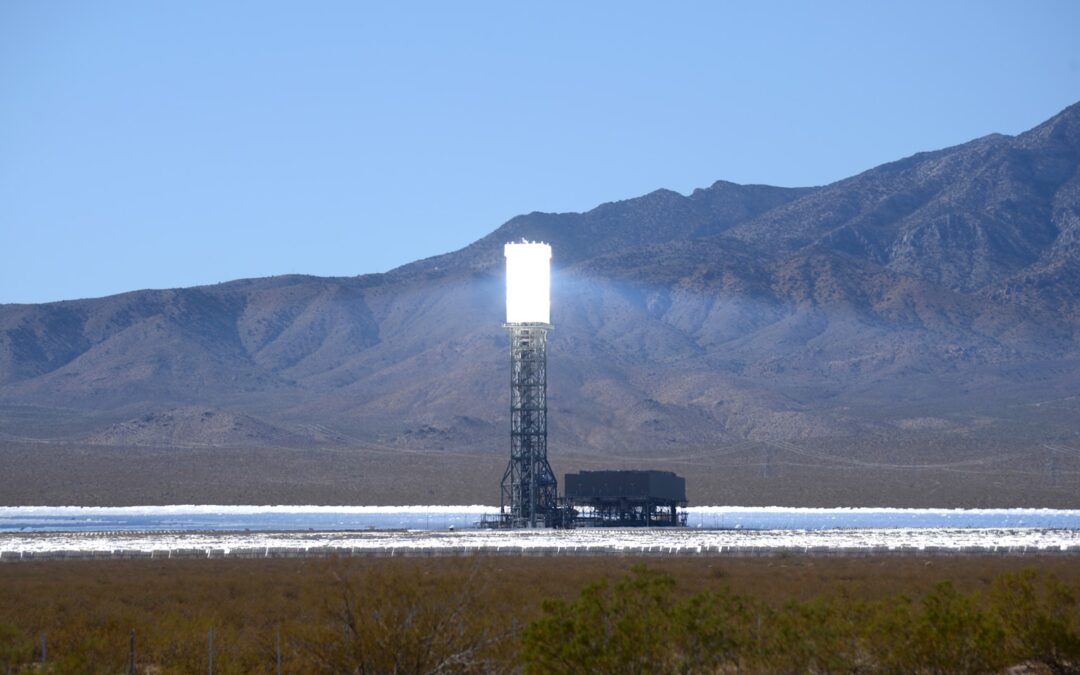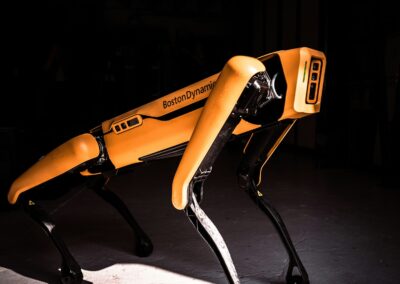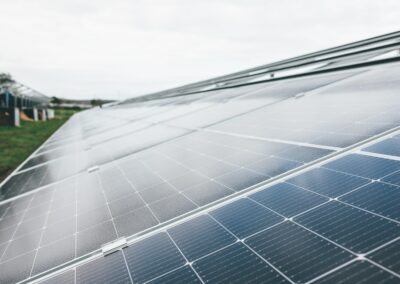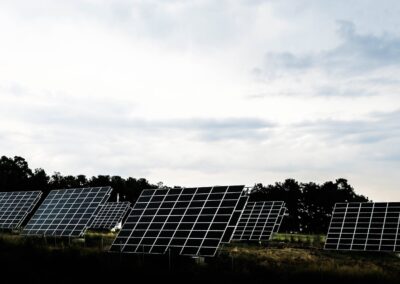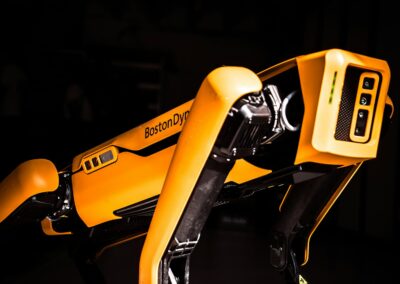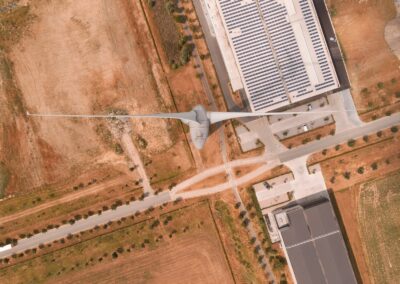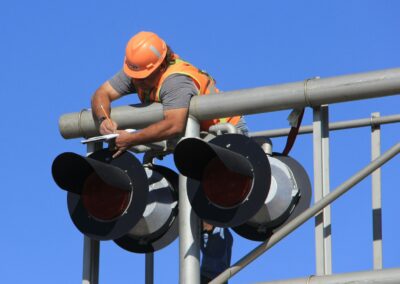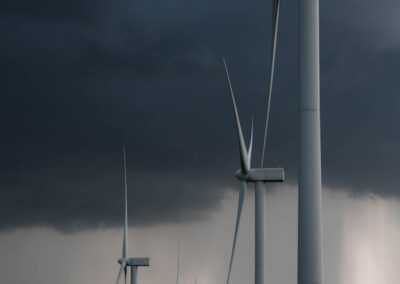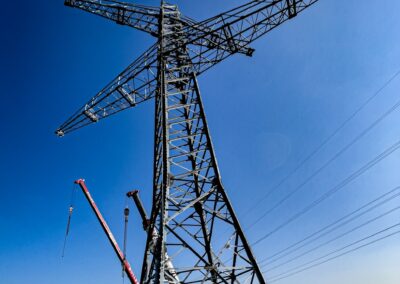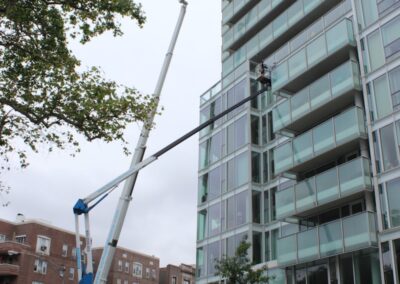Transforming Maintenance Practices in Saudi Arabia and the UAE
Introduction to Digital Twins in Energy Infrastructure
Digital twins, virtual replicas of physical assets, are revolutionizing the way maintenance schedules and practices are optimized in energy infrastructure. By leveraging real-time data and advanced analytics, digital twins provide a comprehensive view of energy systems, allowing for predictive maintenance, reduced downtime, and improved efficiency. In rapidly developing regions like Saudi Arabia and the UAE, the integration of digital twins is pivotal in ensuring the reliability and sustainability of energy infrastructure.
Digital twins play a critical role in transforming traditional maintenance practices. By continuously monitoring the condition of physical assets, digital twins can predict potential failures before they occur. This predictive capability is particularly beneficial for energy infrastructure, where unexpected failures can lead to significant operational disruptions and financial losses. With digital twins, maintenance can be scheduled proactively, reducing the likelihood of unscheduled downtime and extending the lifespan of equipment.
In cities like Riyadh and Dubai, where energy demands are growing rapidly, the adoption of digital twins is a strategic move to enhance the resilience of the energy grid. These cities are leveraging digital twin technology to create smarter, more efficient energy systems, aligning with their visions of becoming global leaders in smart city development.
Enhancing Predictive Maintenance with Digital Twins
Predictive maintenance is one of the primary benefits of integrating digital twins with energy infrastructure. Traditional maintenance practices often rely on routine inspections and scheduled servicing, which can be inefficient and costly. Digital twins, on the other hand, provide a real-time, data-driven approach to maintenance. By continuously analyzing data from sensors and other monitoring devices, digital twins can detect early signs of wear and tear, allowing for timely interventions.
In regions like Saudi Arabia and the UAE, where extreme weather conditions and harsh environments can accelerate equipment degradation, predictive maintenance is crucial. Digital twins enable energy providers to identify and address potential issues before they escalate into major problems. This proactive approach not only enhances the reliability of the energy grid but also reduces maintenance costs and improves overall operational efficiency.
Moreover, digital twins facilitate the integration of advanced technologies such as artificial intelligence (AI) and machine learning (ML) into maintenance practices. AI algorithms can analyze vast amounts of data generated by digital twins to identify patterns and trends, further improving the accuracy of predictive maintenance. This capability is particularly valuable in complex energy systems, where multiple factors can influence equipment performance.
Optimizing Maintenance Schedules and Practices
Optimizing maintenance schedules is another significant advantage of using digital twins in energy infrastructure. By providing a detailed understanding of asset performance and condition, digital twins enable energy providers to plan maintenance activities more effectively. Instead of relying on fixed schedules, maintenance can be performed based on actual equipment needs, reducing unnecessary servicing and minimizing disruptions.
In cities like Dubai and Riyadh, where large-scale energy projects and infrastructure developments are common, optimizing maintenance schedules is essential for ensuring continuous and reliable energy supply. Digital twins allow for more precise planning and resource allocation, leading to improved efficiency and cost savings. Additionally, this approach supports the sustainable development goals of these cities by reducing the environmental impact of maintenance activities.
Furthermore, digital twins can enhance maintenance practices by facilitating remote monitoring and diagnostics. In remote or hard-to-reach areas, conducting physical inspections can be challenging and time-consuming. Digital twins provide a virtual representation of the assets, allowing maintenance teams to monitor and diagnose issues from a central location. This capability not only improves response times but also reduces the need for on-site visits, enhancing safety and reducing operational costs.
The Path Forward: Implementing Digital Twins in Energy Maintenance
Case Studies and Success Stories
Several case studies highlight the successful implementation of digital twins in optimizing energy infrastructure maintenance. For instance, a leading utility company in Riyadh used digital twins to enhance the maintenance of its power generation facilities. By creating virtual models of the equipment, the company was able to monitor performance in real-time and predict potential failures. This approach led to a significant reduction in unplanned outages and maintenance costs, improving overall operational efficiency.
Similarly, in Dubai, digital twins were employed to optimize the maintenance of the city’s extensive solar power infrastructure. The technology allowed operators to monitor the condition of solar panels and predict when cleaning or servicing was required. As a result, the city achieved higher energy efficiency and extended the lifespan of its solar assets, contributing to its sustainability goals.
Future Prospects and Technological Advancements
The future of energy infrastructure maintenance with digital twins looks promising, with continuous advancements in technology and increased adoption across the industry. As digital twins become more sophisticated, they will incorporate advanced features such as AI and ML. These capabilities will further enhance the ability to predict and prevent equipment failures, optimize maintenance schedules, and improve overall efficiency.
For example, AI-driven analytics can analyze vast amounts of data from digital twins to provide deeper insights into asset performance and condition. This predictive capability enables energy providers to proactively address issues and make informed decisions that improve grid reliability and efficiency. Additionally, the integration of digital twins with other emerging technologies, such as blockchain and the metaverse, will open new possibilities for smart energy management and infrastructure.
Conclusion
In conclusion, the integration of digital twins with energy infrastructure is transforming maintenance practices by enhancing predictive maintenance, optimizing schedules, and improving overall efficiency. In rapidly developing regions like Saudi Arabia and the UAE, cities such as Riyadh and Dubai are leveraging this technology to create smarter, more resilient energy systems. By providing real-time data and insights, digital twins enable energy providers to make data-driven decisions, reduce operational costs, and ensure continuous and reliable energy supply. As technology continues to evolve, the future of energy infrastructure maintenance with digital twins looks increasingly innovative and promising, paving the way for the development of smart cities and intelligent infrastructure.
—
#DigitalTwins #EnergyInfrastructure #MaintenanceOptimization #SaudiArabia #UAE #Riyadh #Dubai #ArtificialIntelligence #Blockchain #Metaverse #ExecutiveCoaching #GenerativeAI #ModernTechnology #BusinessSuccess #Leadership #ManagementSkills #ProjectManagement

